Remember When Japanese Cars Were REALLY Cool?

Times are tough if you’re into Japanese cars. The sportiest Honda is a hybrid with 15-inch wheels. The coolest Toyota is a Subaru with 150 pound-feet of torque, while the fastest Toyota is a horse race between a three-row SUV and the Camry. And, despite the efforts of the American car-buying public, Mitsubishi still exists.
Sure, there are some bright spots. The Impreza WRX, for example, is still cool, despite Subaru’s attempts to make it look like a hood-scooped version of every other compact car. And the Nissan GT-R is awesome, even though experts like automotive journalists and Porsche employees will tell you it lacks “soul.” But there was a time not so long ago when there were more than just a handful of cool Japanese cars.
To the Past!
To get there, we have to go back to the mid-1990s, an era which included societal bright spots like AOL chat rooms and Tickle-Me Elmo. (Who, despite all the jokes, leads an enviable life considering how happy he gets by simply being tickled.)
Back then, the state of the automotive industry was depressing. AMG primarily existed in the form of a powerful C-Class with a slow-witted automatic transmission. The BMW M3 was hilariously underpowered and dramatically overpriced, which earned it rave reviews from Road & Track. And the Ford Mustang had panel gaps larger than the human birth canal.
In other words, it was just like today.
There was, however, one major difference: every single Japanese automaker built a sports car that was beautiful, powerful and desirable.
The Cars
When I say “every Japanese automaker,” I’m not exaggerating. The only Japanese brand to sit out the mid-‘90s sports car fun was Suzuki. Instead, Suzuki focused its efforts on the two-door X-90 SUV, which was launched in purple and had T-tops. Really, it’s a wonder they’re not still around.
The most memorable ‘90s sports car was, of course, the Acura NSX. Mid-engined and gorgeous, the NSX was Honda’s only entrant into the ‘90s Japanese sports car game. The Honda brand instead took its usual “wait and see” approach, which led to the late arrival of the S2000. A similar strategy brought the 2003 Pilot to market about twelve years after the Ford Explorer went on sale.
The most beautiful ‘90s Japanese sports car was the Mazda RX-7, which may actually be the pinnacle of automotive design. If you don’t hear this car talked about today, it’s because you don’t know the lingo: the ’93-’95 RX-7 is now referred to solely as the “FD” by kids with flat-brimmed baseball caps whose only driving experience comes in their mom’s Ford Windstar.
Nissan’s ‘90s Japanese sports car was the 300ZX, which they wisely decided not to call an Infiniti despite its near-$40,000 MSRP. While there was a 320-horsepower twin turbo model, available T-tops, and even a 2+2 variant, I think we can all agree the high point was that commercial where GI Joe picks up Barbie in a scale model to the tune of Van Halen’s “You Really Got Me.”
Even Toyota entered the ‘90s sports car world, debuting the beautiful “Mark Four” Supra for the 1993 model year. Base models used a 220-horsepower six-cylinder, but the Supra Turbo was the one to have thanks to 320 horsepower and 315 pound-feet of torque. Although Supra production ended in 1998, Toyota has mentioned the possibility of a successor at every single auto show since.
Of course, no discussion of mid-‘90s Japanese sports cars would be complete without mentioning the Mitsubishi 3000GT, which shared its platform with the Dodge Stealth and its curb weight with a Gulf Coast oil rig. Base versions of the 3000GT were front-wheel drive, while the turbocharged VR4 powered all four wheels. Bizarrely, a hardtop convertible was also manufactured and sold new for – I swear this is true – nearly $70,000. Somehow, this is the same company that made the Endeavor.
Subaru brought up the rear of this segment with a wedge-shaped sports car called the SVX. With a naturally-aspirated flat-six, the SVX was low on power – a problem Subaru attempted to remedy with an excess of windows. Interestingly, this didn’t help, and neither did the ensuing transmission problems that dogged virtually every car.
What Happened?
For one, each car had a weak spot. The NSX, for instance, used a DOHC version of the Acura Legend’s V6. This didn’t sway Ferrari buyers who were accustomed to high-revving V8s. The last-generation Supra was way too expensive, and – in addition to its curb weight – the 3000GT suffered from the pitfalls of a cash-strapped Mitsubishi. As for the RX-7, we all know about its apex seals, which sounds kind of like a racing team started by a sea lion.
Of course, those are relatively minor quibbles. The real reason Japan’s sports cars died is because we, the consumer, didn’t want them. After years of buying Corvettes, Camaros and Mustangs, America turned its back on the Japanese challengers, issuing a loud and clear message to Japan: We don’t want your fun cars. We want your dull, three-box sedans.
And we’ve been stuck with them ever since.
Doug DeMuro operates PlaysWithCars.com. He’s owned an E63 AMG wagon, road-tripped across the US in a Lotus without air conditioning, and posted a six-minute lap time on the Circuit de Monaco in a rented Ford Fiesta. One year after becoming Porsche Cars North America’s youngest manager, he quit to become a writer. His parents are very disappointed.

More by Doug DeMuro
Latest Car Reviews
Read moreLatest Product Reviews
Read moreRecent Comments
- Spectator Wild to me the US sent like $100B overseas for other peoples wars while we clammer over .1% of that money being used to promote EVs in our country.
- Spectator got a pic of that 27 inch screen? That sounds massive!
- MaintenanceCosts "And with ANY car, always budget for maintenance."The question is whether you have to budget a thousand bucks (or euro) a year, or a quarter of your income.
- FreedMike The NASCAR race was a dandy. That finish…
- EBFlex It’s ironic that the typical low IQ big government simps are all over this yet we’re completely silent when oil companies took massive losses during Covid. Funny how that’s fine but profits aren’t. These people have no idea how business works.



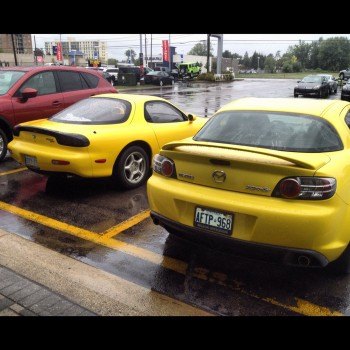















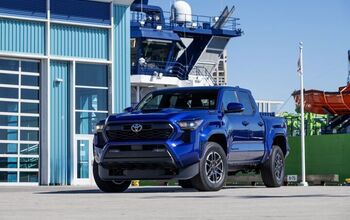
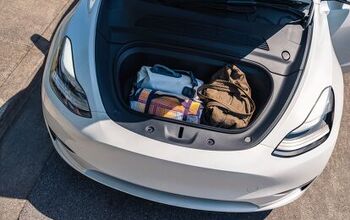
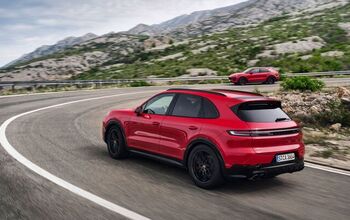
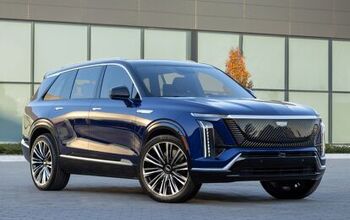


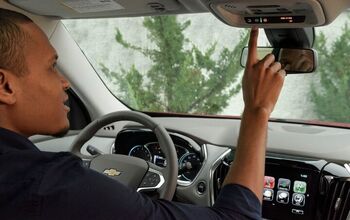


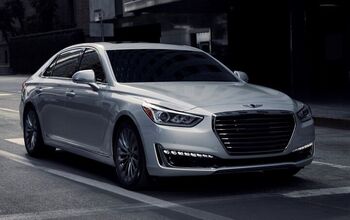
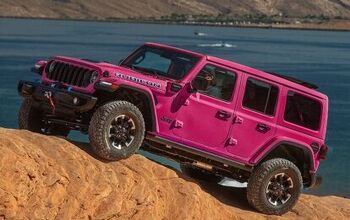
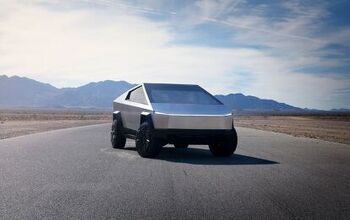
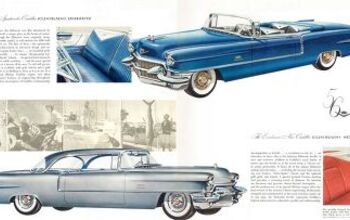


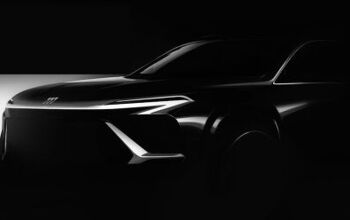
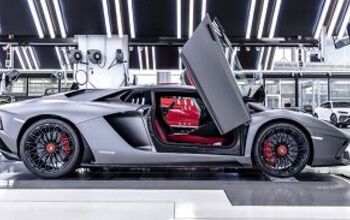

Comments
Join the conversation
OK... I'll be the computer geek with the nerdy comments. The late 80's and 90's saw the wider and more accepted use of computers to design body styles and other visual cues. It was new and exciting and looked "cool" at the time. But now, we are all jaded and overwhelmed with "good looking" coupes. Time travel back to 1995 with the BRZ/FRS/FT86 or Genesis, it would attain the same cult status as Supra's,RX7's and 240sx. Another way of looking at it.. *geek snort*: Has anyone watched Toy Story 1 recently? It looks blocky and low budget by today's standards but in '95, it was holy crap, how did they do that?! The quest for efficiency has caused all sports cars to use the same tear drop design. I make a daring prediction. The next universally "gorgeous" car, will be pencil and clay, then refined by a computer. And people will hate it because Hot Wheels designed it 25 years ago.
Seems only I remember the PRIMARY reason that these cool cars disappeared from the US market: A big change in the US crash standards for the 1997 model year. Secondary reasons were a poor Yen/Dollar ratio and falling sales, making it not economically feasible to update or redesign these cars (while most continued to be sold after 1996 in other markets).